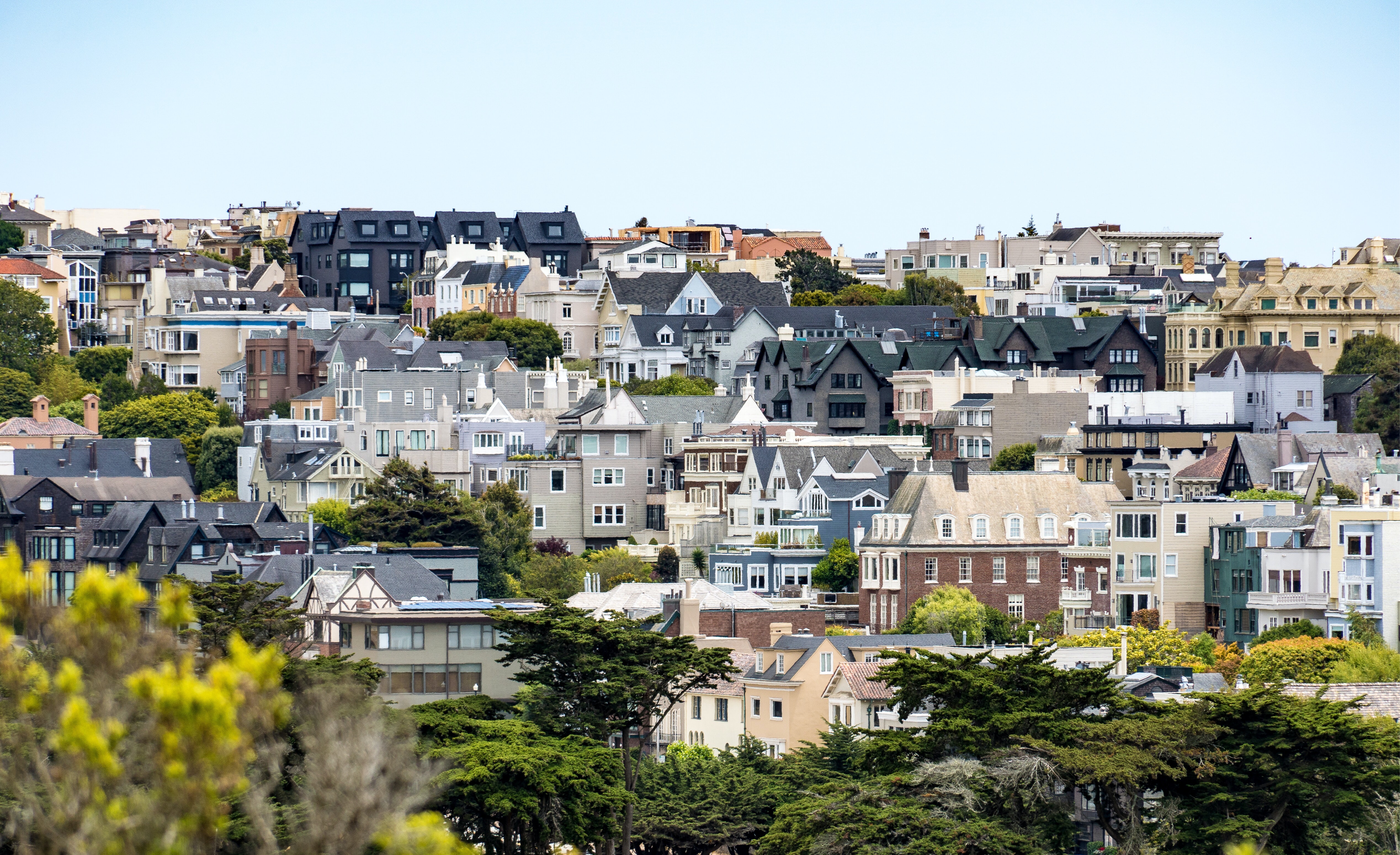호주의 한 광산 회사가 서부 해안의 광물 모래 개발에 대한 자원 동의를 다시 신청했습니다. 이 경우 서부 해안에 수백만 달러의 수익을 올릴 수 있지만 환경에 미치는 영향은 미미하다고 주장합니다.
TiGa Minerals and Metals는 그레이마우스에서 북쪽으로 약 30km 떨어진 배리타운에서 노천 채굴을 통해 하이테크 제조 및 페인트 및 기타 재료에 점점 더 많이 사용되고 있는 광물인 일메나이트, 지르콘, 금 및 석류석을 채굴하고자 합니다.
작년에 첫 신청이 거부된 이유는 광산의 잠재적 환경 영향 및 기타 사회적 위험에 대한 정보가 부족했기 때문입니다.
로버트 브랜드 (Robert Brand) 전무 이사는 회사가 지난 한 해 동안 문제를 해결하고 벤처의 상업적 및 환경적 생존 가능성을 확립하기 위해 훨씬 더 많은 노력과 협의를 해왔다고 말했습니다.
Brand는 또한 회사가 정보의 투명성을 유지하고 이해 관계자가 참여할 수 있도록 신청서를 공개적으로 통보하도록 요청했다고 밝혔다.
TiGa가 의뢰한 보고서에 따르면 이 프로젝트는 130개 이상의 직접 및 지원 일자리를 창출하고, 연간 3천 4백만 달러의 임금과 지역 지출을 창출하며, 완전히 운영될 경우 연간 6천 3백만 달러의 수출을 창출할 것으로 추정됩니다.
부지의 각 부분이 채굴되면 복원되어 생산적인 농사를 지을 수 있게 되었습니다.
Brand는 벤처 투자 비용이 7천 5백만 달러로 추정되며, 이는 아마도 호주, 그리고 아마도 뉴질랜드의 주식 매각과 증권 거래소 상장을 통해 조달될 것이라고 말했다.
그는 자원 동의 절차에 약 6개월이 걸릴 것으로 예상했으며, 올해 말에 작업을 시작하여 2024년 말이나 2025년 초에 생산에 들어갈 수 있기를 희망했습니다.
크레딧: radionz.co.nz





























































